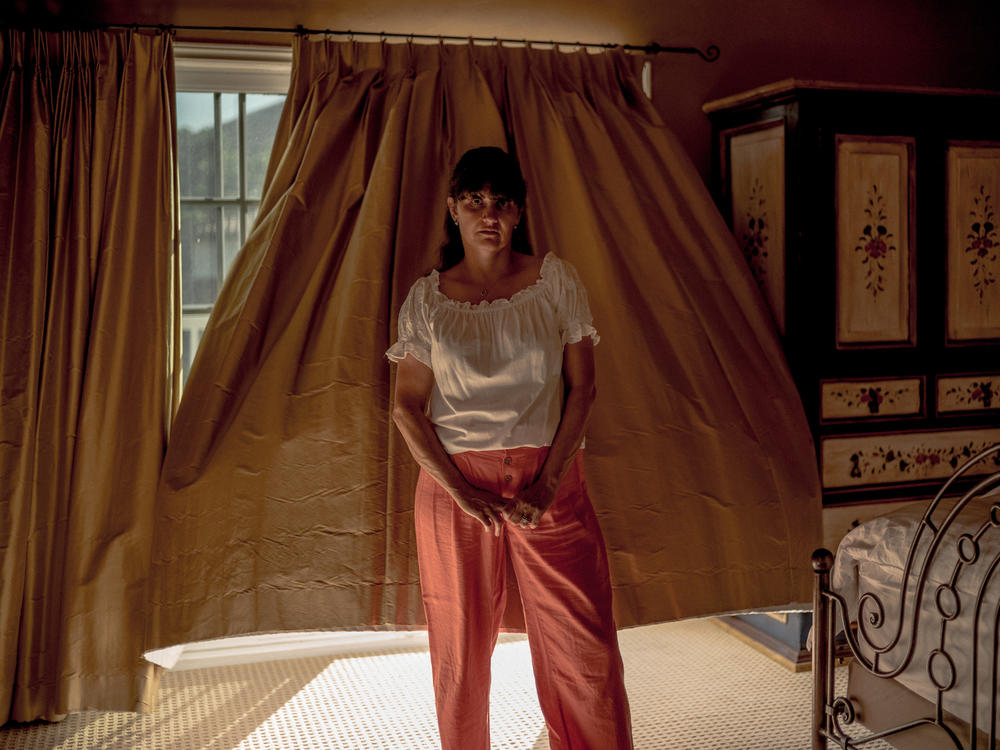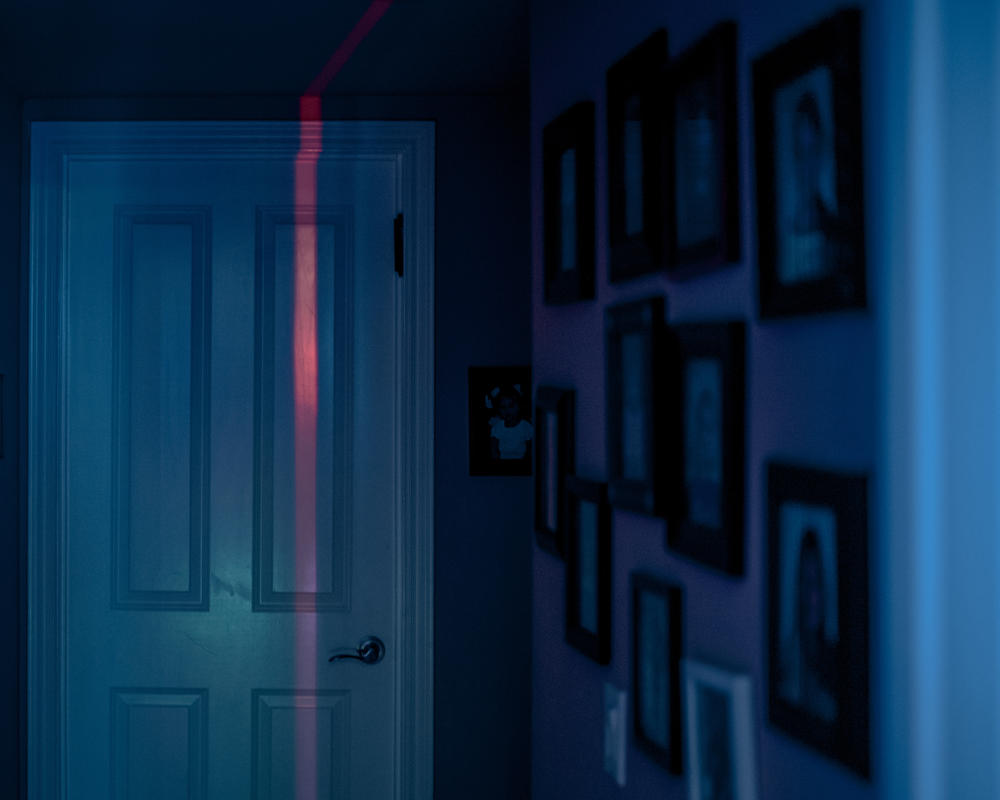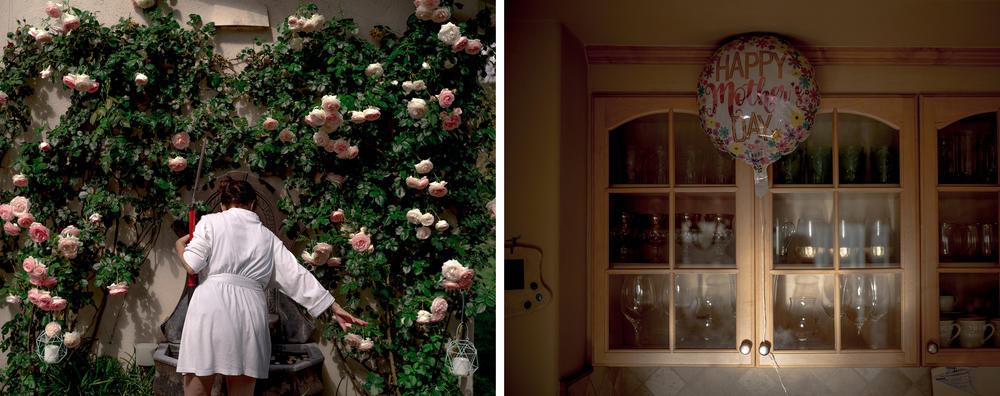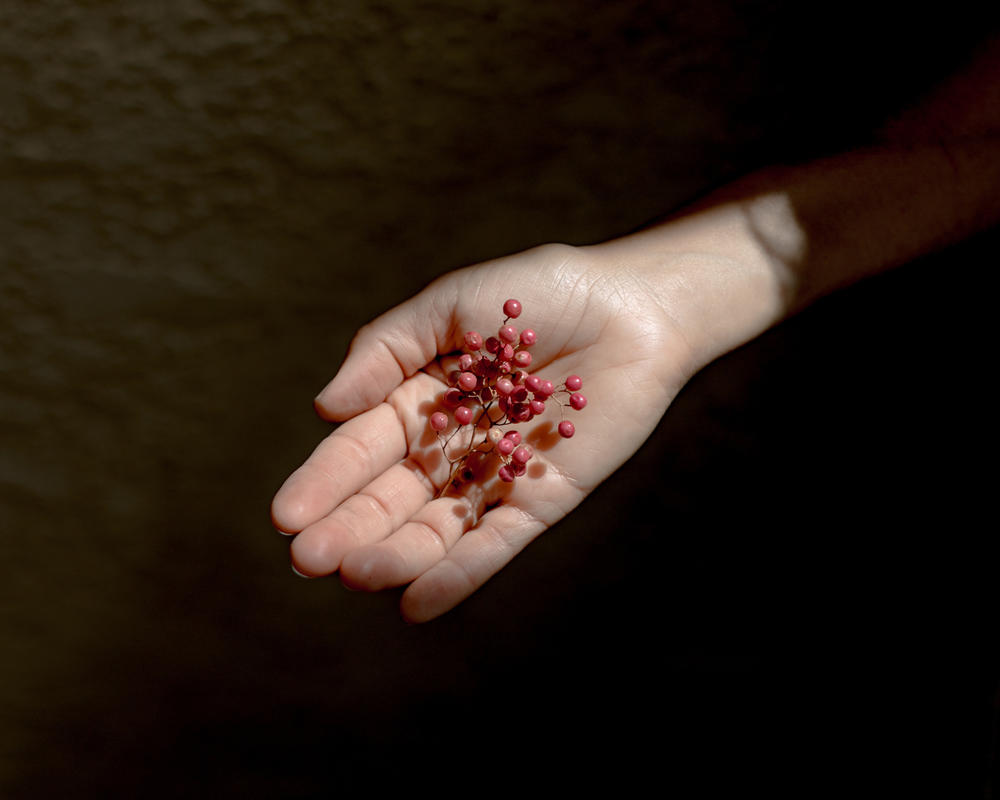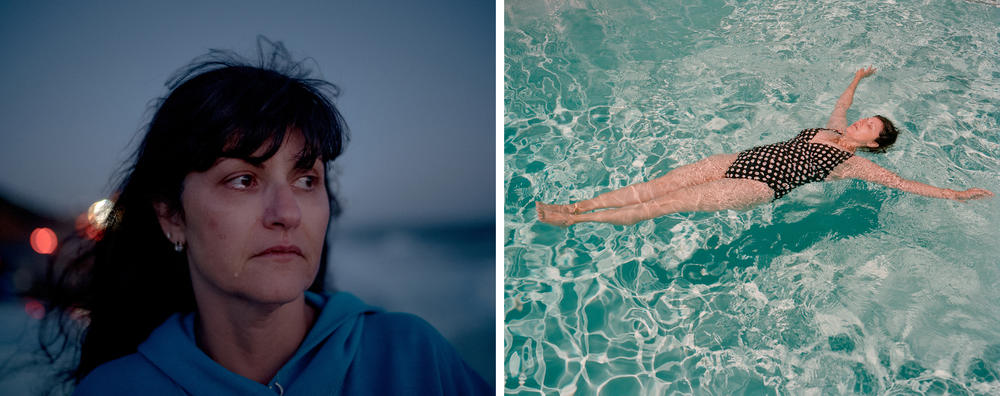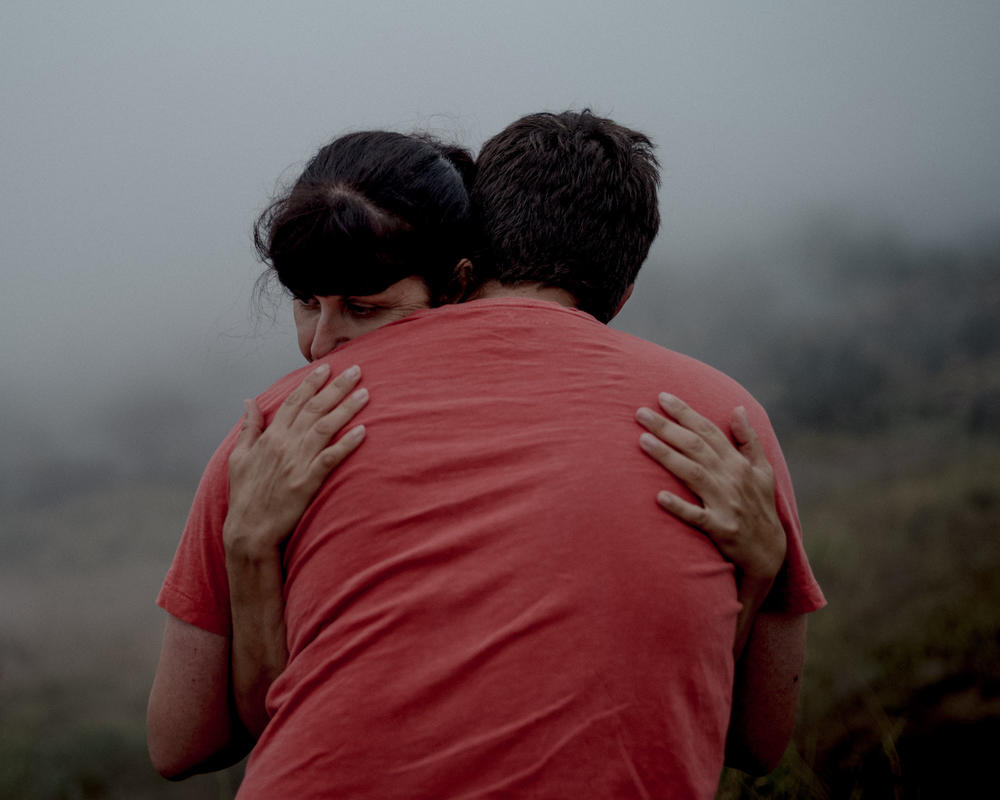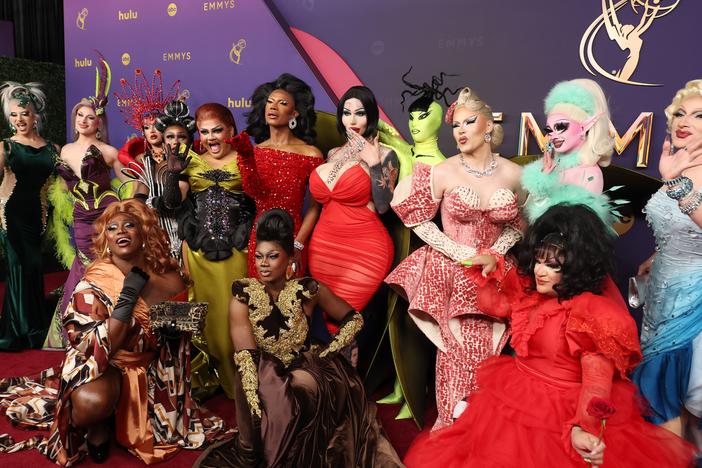Section Branding
Header Content
Documenting Grief: A Mother And Son Grow Closer Despite Loss
Primary Content
Jacob Moscovitch grew up in a home where photography was a part of life. His dad always had a camera around photographing every vacation, holiday and birthday. As Moscovitch grew older, he realized that photography was quickly becoming his passion as well. Today, he is a senior at the University of Missouri majoring in photojournalism and working as an assistant director of photography at a local paper.
On April 17, Moscovitch's grandmother passed away from cancer in Israel. Due to the COVID-19 pandemic, the family was not able to travel there for the funeral proceedings.
The loss was hard on the family, particularly his mother. Moscovitch recognized the struggle that his Imma — which means mom in Hebrew — was going through, so from the family's home in California he decided to pick up his camera and begin photographing her as a way to help understand the grieving process.
"I realized that the most important thing in my life was to document what was happening outside of my bedroom door," he said.
What is your style of photography? Do you think it helped in photographing this process?
That is extremely difficult to answer, how do I put it into words ... I really enjoy light and color, I look for nuanced moments. I look for love and magic within the images. Who I am as a photographer lies in finding the magic of everyday moments.
In some ways, this approach to documenting made this intimate story about grief and loss seem familiar to many, especially at a time like this. I used film and digital photography to document this project, which allowed me to slow down, and find the little moments that would end up being crucial to the grieving process.
Was there any hesitation in photographing such a sensitive topic?
There was never any hesitation from my family. I remember walking into the kitchen and just saying that I wanted to document the healing process. I didn't know how my mom would react, but she ended up agreeing.
I think it helped me get closer to my mom during a time where she needed to breathe and I knew that being around helped her.
There was a hesitation for me. I didn't bring my camera during our first trip to the temple and it kind of left a sour imprint. From then on I knew that I needed to document this.
Were there any images that you knew going into this that you wanted to capture?
Yeah, I think the image of that day at the temple, to me, sets up the project as a moment of the past. I took this photo on my iPhone and this decision keeps the feeling of quiet and intimacy within the project.
Another image I knew I wanted to get was a portrait of my mother — a strong portrait of my mother was going to be key to have that connection with the viewer. As you go through the edit, the three portraits of her act as chapters that carry the viewers through the piece.
What is one image that is most meaningful to you?
The image of my mom sitting on the couch carries so many different meanings ... Watching my mom watch the gravestone ceremony taught me the role of photojournalism. There is a moment when the camera needs to come down, and you need to be a person. So, I took a couple of images and put my camera down so that I could be in the moment with my mom.
I never thought I would be brave enough to pick up the camera ... it made my heart race.
Did this project help you in the grieving process?
Yeah, documenting my mother's grieving process and watching her emotions change day to day, helped me heal along with her. I think that the project allowed me to get closer to her at a time when I wasn't sure if she wanted me close. Watching my mom be limited by the pandemic — my mom was suffering and I didn't know if she needed me to be there and I think this project created a reason to be together.
How did you come to the decision to add yourself into the project?
It was a difficult decision to put myself in the project, but there is no way that I can talk in first person as the photographer and not have an image of myself within the body of work. This is where the title of the piece came in.
It allows a sense of closure to the project. My mother has always been a strong independent woman who was always there for me, and in this moment I was able to be there for her.
All my life my mom has been this strong independent woman, who has led our family through difficult times, and now I was holding her hand. There is more of a mutual holding, which I think gives a sense of closure to the piece.
Jacob Moscovitch is a first generation Israeli-American, queer photographer and photojournalism student at the University of Missouri.
Mhari Shaw is a visuals editor currently based in Washington, D.C.
Copyright 2020 NPR. To see more, visit https://www.npr.org.
Bottom Content

